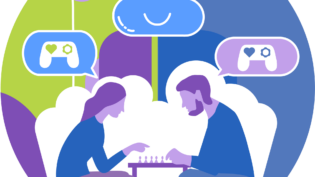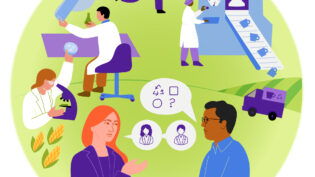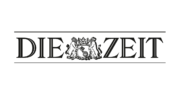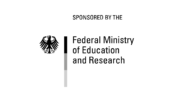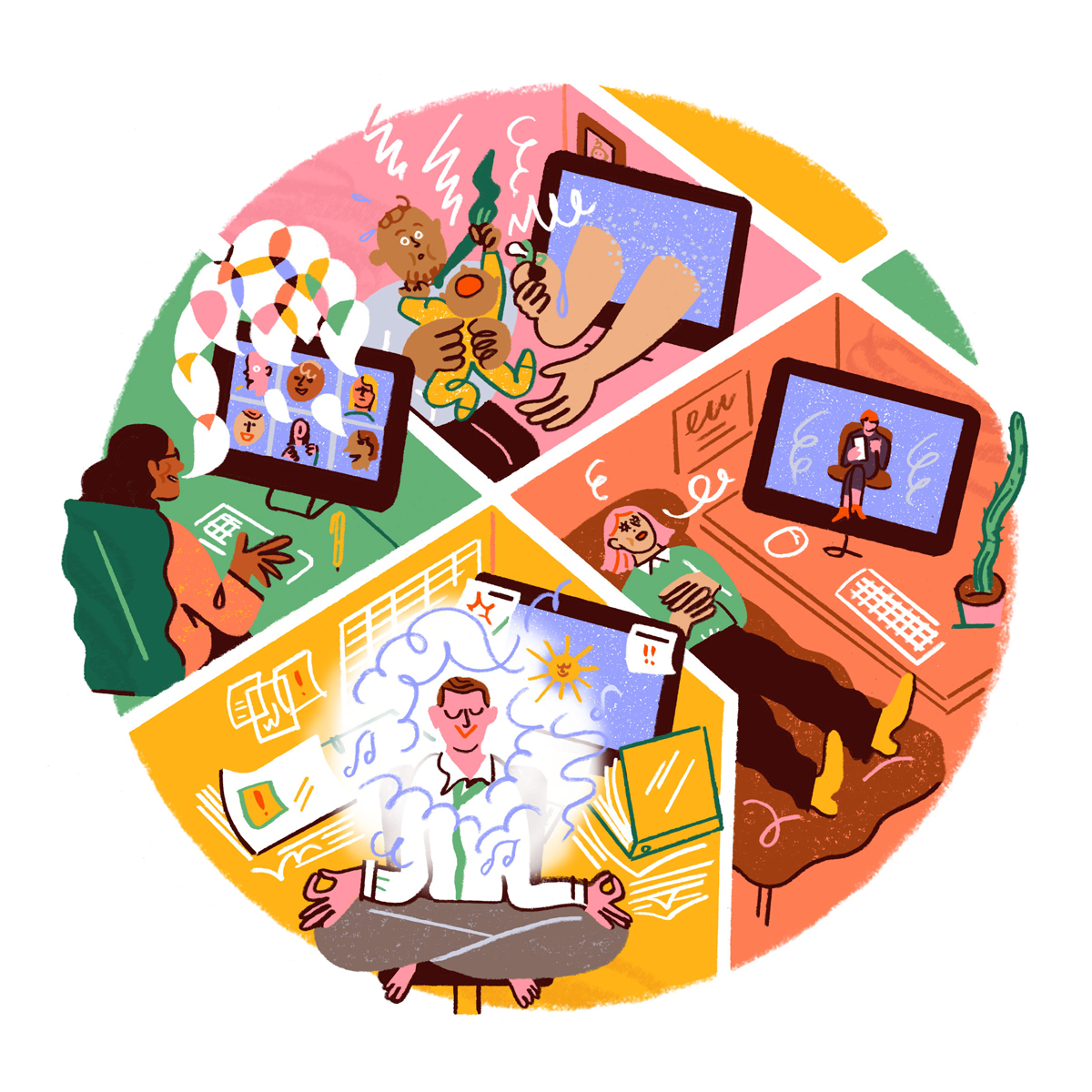
First-aid for mental health
Written by
An online platform that knows remedies against unhealthy work climates
Dr Amelie Wiedemann looks out for employees. Not just her own, but more than 60,000 employees in Germany, working in firms of all sizes – from big banks to small butcher shops. Her corporate health platform DearEmployee monitors the work environment and comes up with a practical action plan for employers that want to improve their workplace conditions.
How does one measure psychological wellbeing?
The approach depends on whether you measure clinical relevance, psychological diseases, the wellbeing of the general population or the mental health status of your staff. In any case, mental health must not be measured as something that you either have or do not have. It is a continuum with different shades of gray: one will feel rather healthy or rather unhealthy most of the time. We use a rating scale of 10 points to indicate this. As for monitoring companies, we want to have a representative picture of the working conditions. Therefore, it is important to include all employees in the surveys, not just supervisors or leaders.
How do you make use of the data that you collect?
We use the data to inform employers about the general wellbeing of employees and about working conditions that pose a risk factor for mental health. We do not identify individuals who are, for instance, at a risk for burnout. We group the data of employees and use average values instead. After all, our aim is to improve the working culture. Based on the analysis, our marketplace will recommend health-relevant actions tailored to the company’s needs.
By the way, the Occupational Health and Safety Act in Germany commits every employer in Germany to conduct a psychological risk assessment. If we identify a risk factor, the law obliges the company to improve the working conditions by implementing measures. We carry a lot of responsibility for what we are doing.
What is the role of the algorithm during the analysis?
Our algorithm is the scientific heart of DearEmployee. On the one hand, it considers the average ratings of employees of the working conditions. On the other hand, it considers the relationship between working conditions and mental health. We call this “smart assessment”. We want to know why specific stressors occur. Our tagging system allows us to locate and label those stressors. Both combined, the algorithm tells us whether a working condition is a mental health risk factor or not.
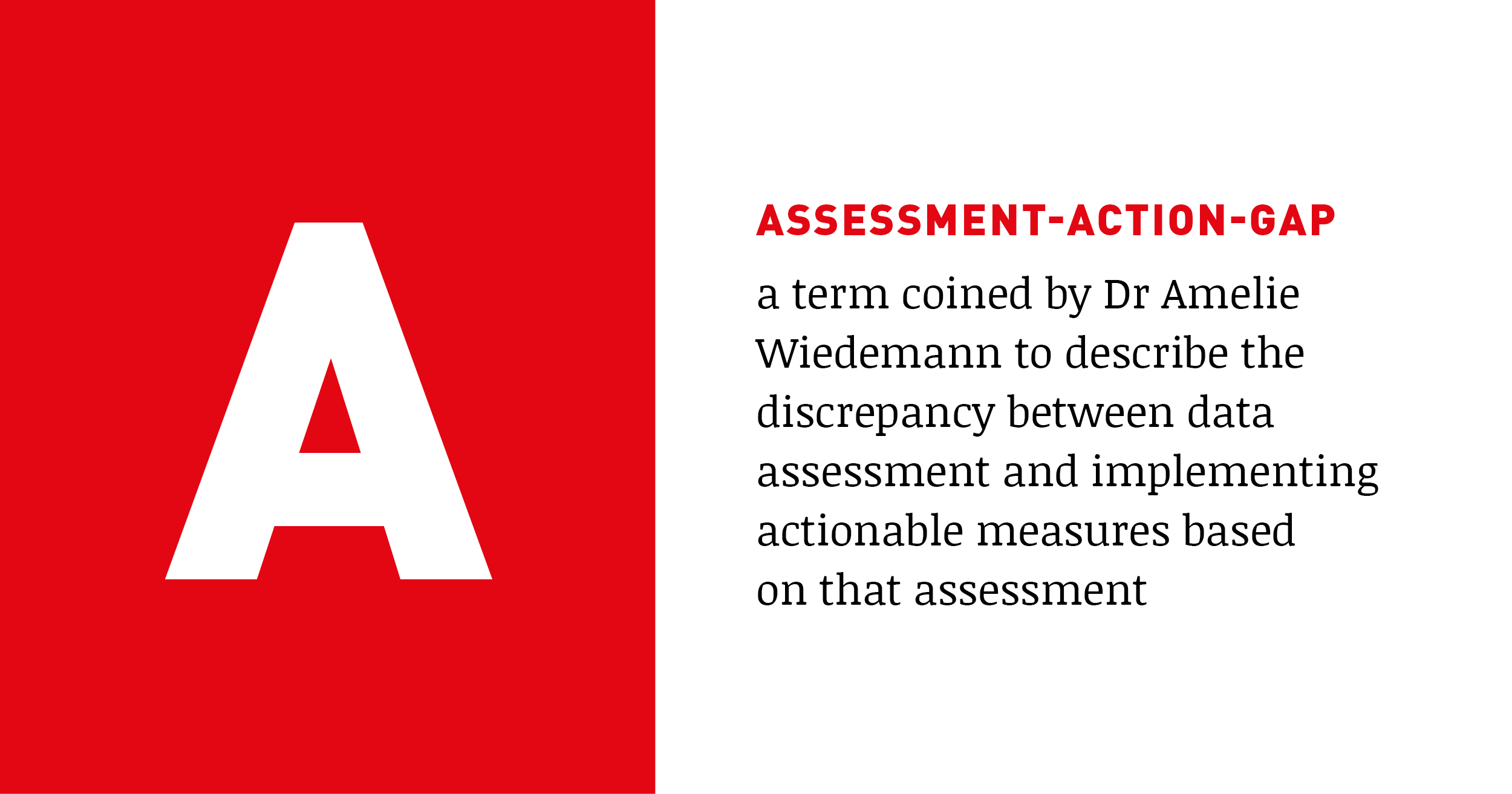
What are the blind spots when it comes to algorithmic assessment?
If a company wants to have granular insights to help steer entire transformation processes, then DearEmployee would not be suitable. That is okay! We are rather focused on how employees are dealing with these processes.
How do you measure the impact DearEmployee has on working environments?
We work continuously with our clients and recommend them to conduct our survey about once a year. Over time, we can document the changes for every score and see what changed since the last assessment. Companies with high burnout status might install a smaller assessment after three months to check the success of a measure. In a study together with a BBW Hochschule, we could show that we could reduce the number of risk factors by 55%, and the number of people at risk by 45% within a year.
What are some examples of measures employers can book via your platform?
One of the most popular measures is the employee assistance programme, a video chat hotline with mental health experts. Then, there are family services, because many employees have trouble finding proper childcare. Others entail workshops on team conflicts, team resilience, stress management, and successful leadership, to name a few. All our providers go through a strict quality checking process before we decide whether to work with them.
Can you draw a comparison between the wellbeing of employees before and during the pandemic?
We have compared the data of 20,000 employees from companies of all sizes before and during the pandemic. We see a 6% increase in people at risk for burnout. The COVID-19 pandemic pushed the number of cases with burnout and mental strain even more. It shows that the time to act is now! We noticed a jump in client requests because employers were seeking added emotional support for their staff.
Since starting DearEmployee in 2019, what have been the biggest obstacles to tackle as a founder?
We got declined a funding at the beginning of DearEmployee, which forced us to centre on our story and sales. At the end of the day, we worked closely with paying clients and developed our product into what it is today. That lifted the team spirit. An everyday challenge is to balance all the roles I want to fulfil in my life. I’m a founder, I’m a scientist, I’m a mother, I’m a wife, and I’m a garden owner – but I wouldn’t have it any other way.
How did you discover your entrepreneurial path?
The initial spark for DearEmployee came from a happy coincidence. Our cofounder Daniel Fodor and I researched psychological stress in the workplace at Charité and FU Berlin. Together, we developed an innovative analysis for risk assessment. When we met our now-CEO Henning Jakob in May 2017, he was a consultant for managers and had been looking for a tool like the one we were working on. Together, we found that many companies struggled to come from data to action. I call it the “assessment action gap”. This is how we decided to include a marketplace that offers suitable health and HR measures. This was completely missing in the survey landscape. We submitted our concept to the Research to Market competition and we won!
How did you grow into the role as leader of your own company?
I brought some leadership skills with me from my research projects at FU Berlin. Everything else was learning by doing. I grew with my team. As a management team, we share our experiences, the successes and the failures. This also helps a lot.
Some of which you were able to share with our participants as a role model during our workshops and webinars. What did you take away from those sessions?
Everybody has the same worries and fears, and everybody experiences the same barriers. We are always insecure in the beginning. We do not know whether our business model holds up, or whether we should take the step into financial insecurity. It is nice to be an example of what is possible, and to encourage others, especially other women, to realise their dreams. Female founders are still very rare. And if my experience can contribute to change that, let’s do it •
